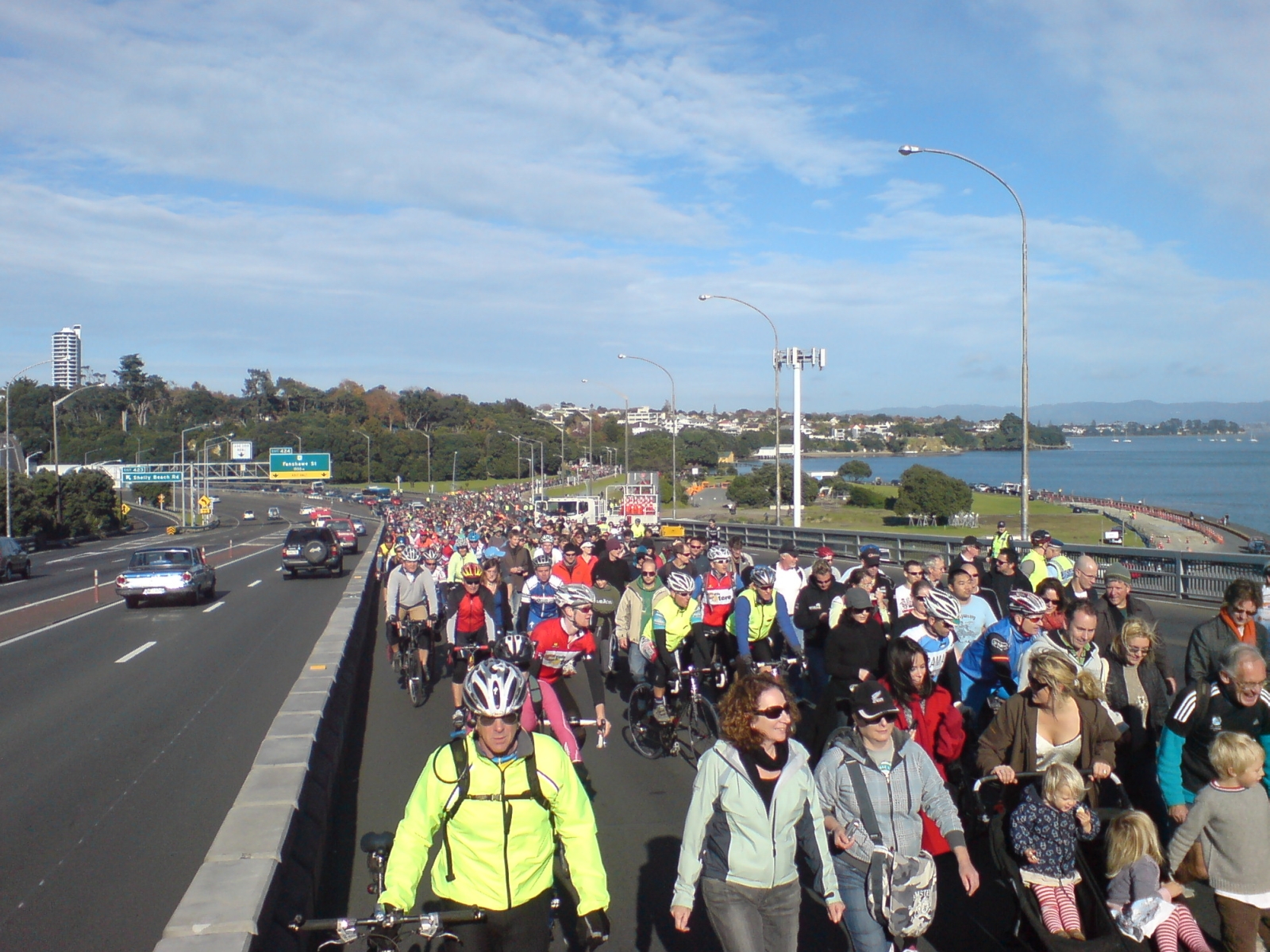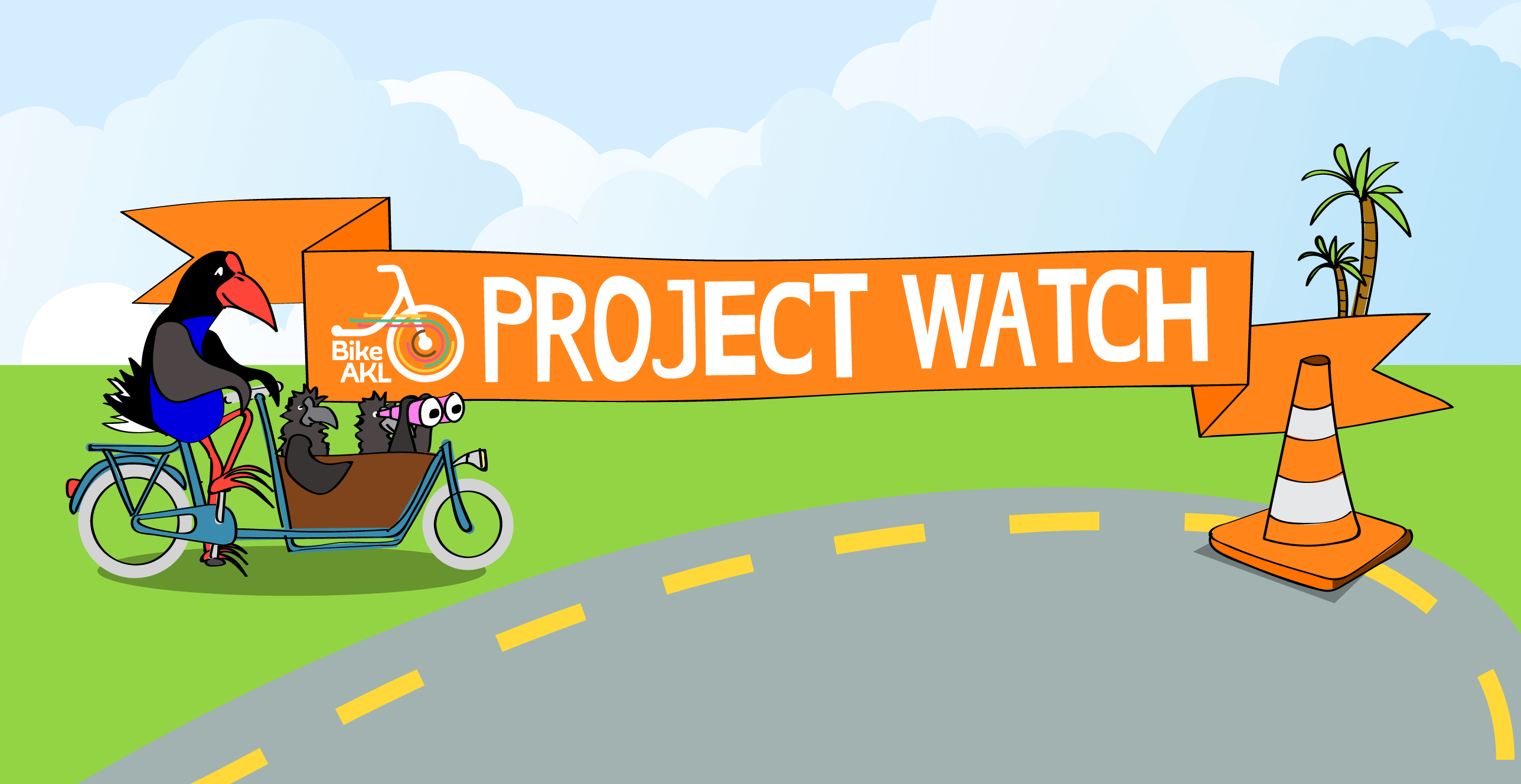Featured image: Justin Mclean
This blog was submitted by Richard Young, and contains an affiliate link for a lock that Richard personally swears by.
Urban cycle security is an ever-increasing challenge – there are more high value bikes (especially e-bikes) parked around the city, and thieves are often equipped with potent lock-cutting tools. Many insurance companies only pay out their assessment of your bike’s value when it is stolen – which could leave you thousands of dollars short for a replacement.
No cycle security is 100% effective, so (unfortunately) the aim is to make your precious cycle less attractive than the one next to it. After losing two bikes to thieves, here are my top tips to keep a high value cycle safe around the city:
Lock it up inside!

Image from Greater Auckland
Park it inside a locked and monitored building. Offices are increasingly providing secure cycle parking areas. If this isn’t possible, then…
Get ugly!

Make your cycle as unattractive as possible! Thieves like high value bikes, so if you have the option don’t use your ‘best’ bike around town. Go without any items that can be easily removed – those quick release wheels may not be such a great idea!
Park Up in a Locky Dock

Big Street Bikers have been plopping secure bike parking, called Locky Docks, all around the city! There are many such Locky Dock racks around. These free app-based racks/chargers are superb – you can even reserve a space before you leave home. Watch this video to learn how to use one!
But, since there may not be one near your destination, and not every bike fits nicely in the slot…
Park Visibly
If you need to park outside, find a bike rack ideally with lighting and CCTV nearby. They are generally placed in areas with plenty of people walking past. Avoid quiet or obscured areas.
Use Good Lock Technique

There are a few things you can do to deter or delay thieves when locking your bike.
- Use at least one good lock. The more the better! A combination of a D-Lock and a solid cable gives lots of locking permutations to delay a thief. It’s best to use more than one type of lock, in general, since the tools to break one type aren’t usually as good at breaking the other!
- Wherever possible, pass the locks through the frame, the rack, and the wheels. That way if the rack is cut the thief can’t pedal your bike away!
- Keep the lock off the ground and off a flat surface – this makes it harder for a thief to cut or break, as they won’t be able to use the surfaces to stabilize or leverage off of.
Don’t Lock To Signposts
Avoid locking to signposts – especially round white ones, as they are designed to be easily lifted out. Stickers are now being used in Wellington, warning cyclists not to use those posts.
Sign Your Bike Up To 529 Garage

Theft prevention is better than recovering stolen goods, but do register your bike at 529 Garage to assist its return if its stolen and recovered. 529 Garage is a database of bikes, which the community and the police can use to identify stolen bikes. If your bike is stolen, you can mark it, and an alert will go out for the community to be on the lookout!
But Which Lock Works Best?
I’m nailing my colours to the mast and saying that angle-grinder resistant D-Locks are the only ones that make the grade. They also meet a rule of thumb of investing 10% of the bike’s value to keep it secure. Look for independently rated lock testing by organisations like Sold Secure Gold or Diamond level or ART 5*.
What are angle-grinder resistant D-locks? These are locks that combine ultra-strong steel with ceramics fused into them, specifically to destroy cutting discs. They are still not commonly available; but as the tools of choice for thieves are bolt cutters and battery powered angle grinders, you need to defend against BOTH, or your bike will be at high risk.
At the moment the tested locks that are ticking the boxes are the HIPLOK D1000, the LiteLok X1 (my favourite), and it’s big sibling, the LiteLok X3. All these are composites of steel and ceramics which make them very difficult to angle grind. When I say very difficult, we are talking multiple discs, many, many minutes, several batteries – you get the idea?
The HipLok is available in several NZ cycle shops, whereas LiteLok only sell through their UK based website.
To provide some local choice, I’m importing brand new manufacturer warranted LiteLok X1’s, or to order direct follow this affiliate link. I will receive a few dollars on each one (but I won’t be retiring on it), or you can order one through me at a price of $400 including frame mount and delivery – email richardh.young9@gmail.com
The general rule of thumb for buying bike locks is that you should really only be spending 10% of the value of the bike, on the locks. By this logic, this lock at $400 would be a sensible choice for someone whose cycle is worth at least $4000.
In any case, I hope this has been a useful guide to keeping your precious cycle secure!




